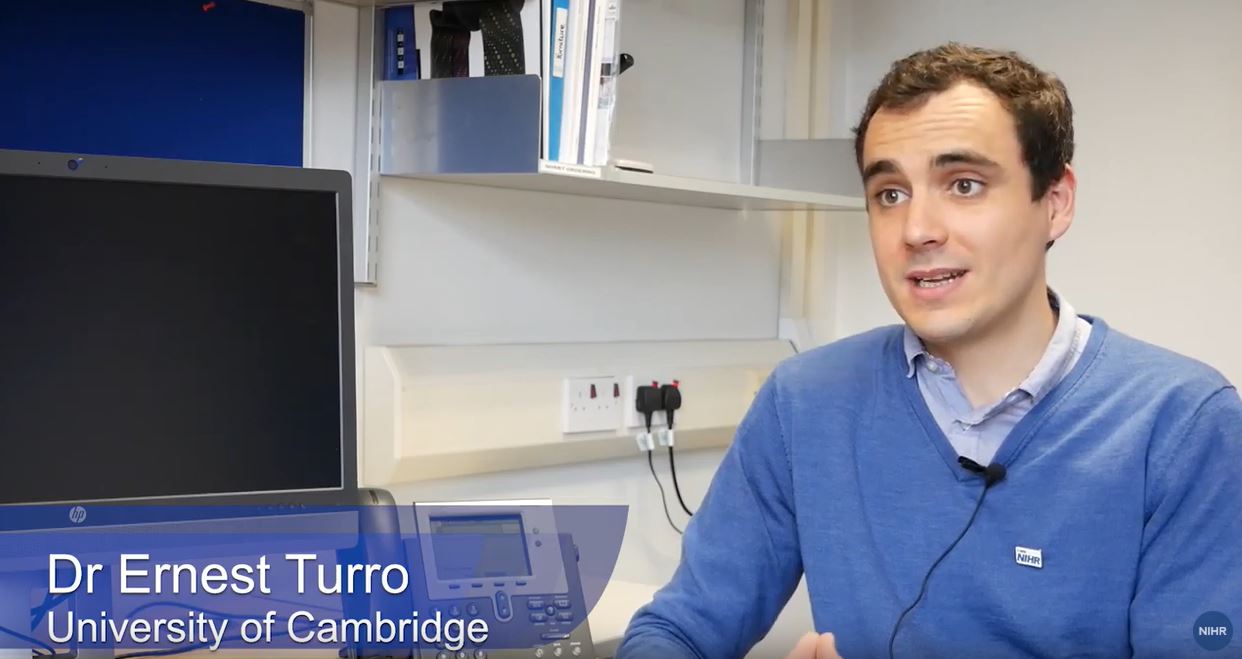Eye experts across the UK are calling for your input into a new survey designed to refresh the James Lind Alliance Sight Loss and Vision research priorities that were first published in 2013.
Despite on-going eye research taking place across the world, there are still many questions about the prevention, diagnosis and treatment of sight loss and eye conditions that remain unanswered. Funding for research is limited, so it is important for research funders to understand the unanswered questions of greatest importance to patients, relatives, carers and eye health professionals so that future research can be targeted accordingly.
Following a review of the existing eye research priorities by the NIHR Ophthalmology Specialty group and the UK Clinical Eye Research Strategy earlier this year, a survey has been developed to help fine tune which of the 98 potential research questions should be taken forward as part of the refresh.
Professor Rupert Bourne, NIHR National Specialty Lead for Ophthalmology said:
“It’s almost 10 years since the UK last published its eye research priorities and progress has been made in learning more about each of those 12 key areas that were set at the time. This survey is designed to help us assess whether these are still the right priorities for us to be focusing our attention on, and to delve deeper into some of those, or whether there are new areas of eye research that we now need to make a priority.
We are encouraging all those with an interest in eye health and research to take part in the survey to help shape the direction of future eye research.”
The survey is open to all eye healthcare professionals and researchers as well as patients, carers and members of the public to participate in. The survey feedback will inform the final Top 10 updated priorities across different eye subspecialties.
Please click here to take part in the survey.
The survey will close on 9 August 2022.


